Upcoming digital technology developments in business are leading the way in this new normal economy. We see digital transformations on varying scales, from startups to big enterprises, to continue promoting touchless solutions amid a global pandemic.
Touchless solutions will continue to advance as we reel from the upending effects of this year’s crisis. Due to the pandemic and social distancing measures worldwide, we saw borders closing, businesses, and other public utility establishments ceasing operations, and businesses moving online for continuity amid lockdown.
But even before 2020, we saw a surge in digital technology affecting communication and information, business and economy, education, and other sectors. It is why we were able to quickly make adjustments when it was necessary to move most operations remotely because digital technology was in place.
It will be no surprise if we see more of these cloud-based technologies flourish even more in 2021.
11 Digital Technology Trends of 2021
-
5G Will Go Mainstream
We will see 5G becoming more mainstream in 2021. People need faster connections due to the need for mobile apps. During the pandemic wave, mobile-based methods of collaboration evolved, and so did remote work.
Speed was a significant limitation on most high-value activities consumers who need to use their network using its computers.
That is why 5G became a high priority with the increasing number of 5G devices.
The implementation of 5G technology is also essential for IoT devices. 51% of businesses using IoT technology claim increased insight into customer desires, interests, and habits.
-
Edge Computing
Cloud computing is a significant technological advancement, with major players such as Microsoft Azure, Google Cloud Platform, and AWS (Amazon Web Services) leading the market. However, edge computing has become more popular since it is more practical.
The use of cloud services is also rising as more and more businesses move to the cloud. Organizations that use cloud computing have found weaknesses, as systems are not all flawless and continually evolving.
Edge computing fills the gaps where cloud computing is lacking. It includes bypassing cloud computing-generated latency or moving data to a data center for processing.
When stored on edge computers, data can be accessed conveniently than all the way to cloud datacenters.
As a result, in remote areas with limited or no access to the data center, edge computing is useful in processing time-sensitive data. Edge computing then serves as a mini data center from which to store and access information.
-
Customer Data Platforms (CDP)
Gartner’s research firm found that the total expense of low-quality business data is between $9.7 million and $14.2 million per year. Poor data is estimated to cost the US more than $3 trillion a year at the macro level. That is to say, and bad data is bad business.
Customer data has been essential for both business and marketing activities. Customer data is information on the internet that trails behind people. These data connect with online and offline companies through websites, blogs, eCommerce portals, and the like. These data are vital for companies, but it needs structure, correct tagging, and available in a very accessible manner.
This is where Customer Data Systems (CDPs) can be used to fix these issues. It is essentially a collection of applications that generates a permanent, unified customer database accessible to other systems. Data is obtained from various sources, cleaned, and merged to create a consistent customer profile. Newly organized data is then made available to other marketing programs.
-
Total Experience
TX or Total experience is the integrated experience that goes hand-in-hand with customer experience, user experience, and employee experience. The TX strategy is even more useful now since most of today’s engagements are virtual, distributed, and mobile.
TX strategies need to optimize mobile, virtual, and distributed interactions amid the pandemic to preserve satisfaction continuity in business outcomes.
Total Experience is a definite upgrade from multi-experience technology. TX is a technique that blends multi-experience with disciplines shared by customers, users, and employees. Businesses using TX would better perform essential satisfaction metrics than their rivals and maximize mobile, virtual, and distributed experiences.
-
Robotic Process Automation (RPA)
Robotic Process Automation (RPA) is close to AI and Machine Learning, which automates work. RPA uses software to simplify business procedures, including interpreting services, processing orders, handling data, and responding to emails. RPA automatically automates the typical tasks that people will usually do.
While Forrester Research reports that RPA automation threatens the livelihoods of 230 million or more information employees or approximately 9% of the global workforce, RPA also generates new jobs while altering existing ones. Today, fewer than 5 percent of jobs can be completely automated, while 60 percent can be partially automated.
-
Rising Demand for Ethical AI
Businesses have realized that Artificial Intelligence (AI) does not only increase solutions—it also raises risks. Therefore, data and AI ethics are required by businesses, and clear strategies to solve the legal dilemmas of AI technology.
Companies that adopted machine learning and other AI-powered technologies did not pay attention to its ethical consequences. Today, however, as AI significantly affects user experience, value-based customers and workers expect organizations to implement AI with great accountability and transparency.
Today, the world’s leading tech companies and social media giants like Facebook and Twitter set up fast-growing AI research teams to address AI’s ethical issues.
We have to be mindful that artificially intelligent systems are being used to “teach” AI-powered machine learning models. They may be learning to predict everything from our sexuality to our political views.
We could expect companies to work only with other businesses built-intransparent about their data policies and follow best practices in data handling and management.
-
Internet of Behaviors (IoB)

The Internet of Behaviors (IoB) will be more commonly used and built-in 2021. Some of the effective technical resources it offers include location monitoring, big data, and facial recognition. Companies and companies are using IoB technology to monitor customer behavior.
Gartner predicts that by 2025, half the world’s population will be under an. Gartner expects that by 2025, half of the world’s population will be on the IoB commercial or government agenda.
IoB does, however, make customers uneasy. Thus, even though it is theoretically feasible, there are growing ethical and social issues around it. We have yet to see how this digital technology can benefit the public rather than exploit it.
-
Moving toward hyperlocal business operations

Major companies will improve their capacity to function hyper-locally over the next few years. Local medium-sized enterprises will compete with global standards, increase their businesses, and even expand locations.
Businesses must design architectures that can spread customer experience and business operations structures to key regional locations while retaining centralized technology management.
Leveraging software to grow the business is also a wise move. For instance, Microsoft Outlook is a staple among businesses for its superb email services. You can set up schedules, reminders, and visual presentations on your email with no fuss. Users can also read emails without looking, to name a few. Experts need this modern PIM software in their PC to level up their messaging system, especially among distributed teams.
-
Quantum Computing

Quantum technology continues to progress towards 2021. It is a computing approach that uses quantum processes like quantum entanglement and superposition.
This digital technology also helps deter coronavirus spread by designing potential vaccines because of its ability to rapidly query, monitor, analyze, and respond to data, regardless of source.
Another field where quantum computing is useful in banking and finance, high-frequency trading, fraud detection, and credit risk management.
Quantum computers are a lot more powerful than regular computers. Global brands are competing to build technologies for consumer applications.
The sales for the global quantum computing industry will hit $2.5 billion by 2029. But to better implement and benefit from this breakthrough, you need skills in quantum mechanics, machine learning, linear algebra, probability, and information theory.
-
Cybersecurity Mesh

Through cybersecurity mesh, you now have unlimited access to all information security assets everywhere in the world. The downside to this digital technology is that it preserves a security wall on users than on the whole enterprise.
The unexpected growth of remote workers and cloud-based digital technology is changing security protocols for businesses. Thanks to a cyber mesh aid, companies’ security perimeter can now stretch beyond their physical position to protect even their remote employees.
-
Blockchain

While most people think about blockchain technology as cryptocurrencies such as Bitcoin, blockchain has several other security uses.
Blockchain is data you can add but not deduct or modify. It is a data chain that is immutable and highly secure.
And because it is not possible to adjust previous blocks, blockchain is very securely stable. This is advantageous because blockchains are decentralized, and no one person can take ownership of the records. With blockchain, you do not need a trustworthy third party to manage or verify transactions.
Many other sectors include and incorporate blockchain, and when the adoption of blockchain technologies grows, so does the market for qualified practitioners. To get into Blockchain, you need to have realistic knowledge in programming languages, basic data structures, flat and relational databases, mobile app creation, and even networking.
Conclusion: The New Normal Requires Adopting New Digital Technology Trends
The pandemic proved the importance of continued technology innovations. Businesses were quick to adapt to sudden adjustments because most businesses are already employing the latest technological advancements.
As we continue to adapt and head to a new normal, we will continue to fast-track towards more innovations. This is also the time for experts and those aspiring to retrain and upskill to handle emerging technologies.
Although technologies are emerging and evolving worldwide, these top 11 new digital technology trends offer promising career potential now and for the foreseeable future.
And most of these trending digital technologies are welcoming professionals, meaning the time is right for you to choose one, train, and get on board at the early stages of these trending technologies. You need to position yourself for success now and adapt to the new normal by adopting new digital technologies in 2021 and beyond.



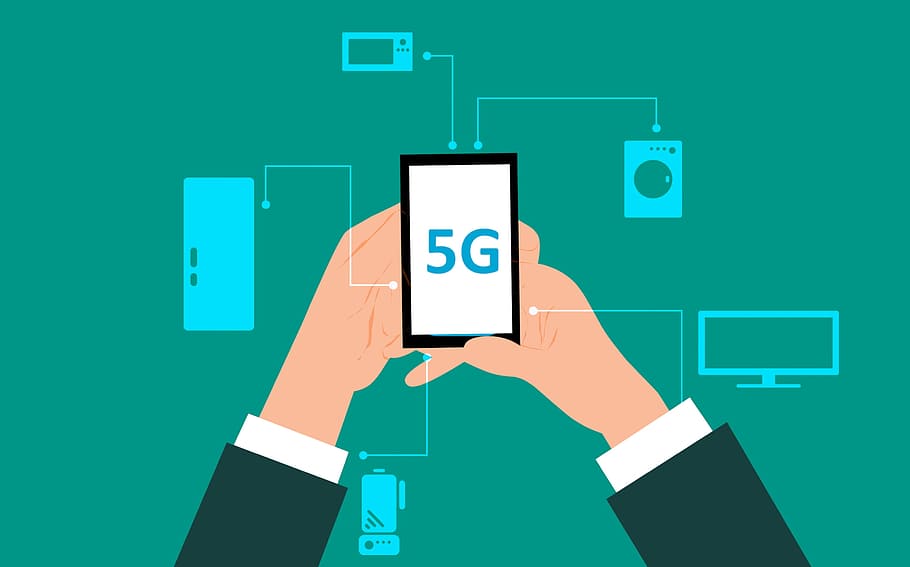
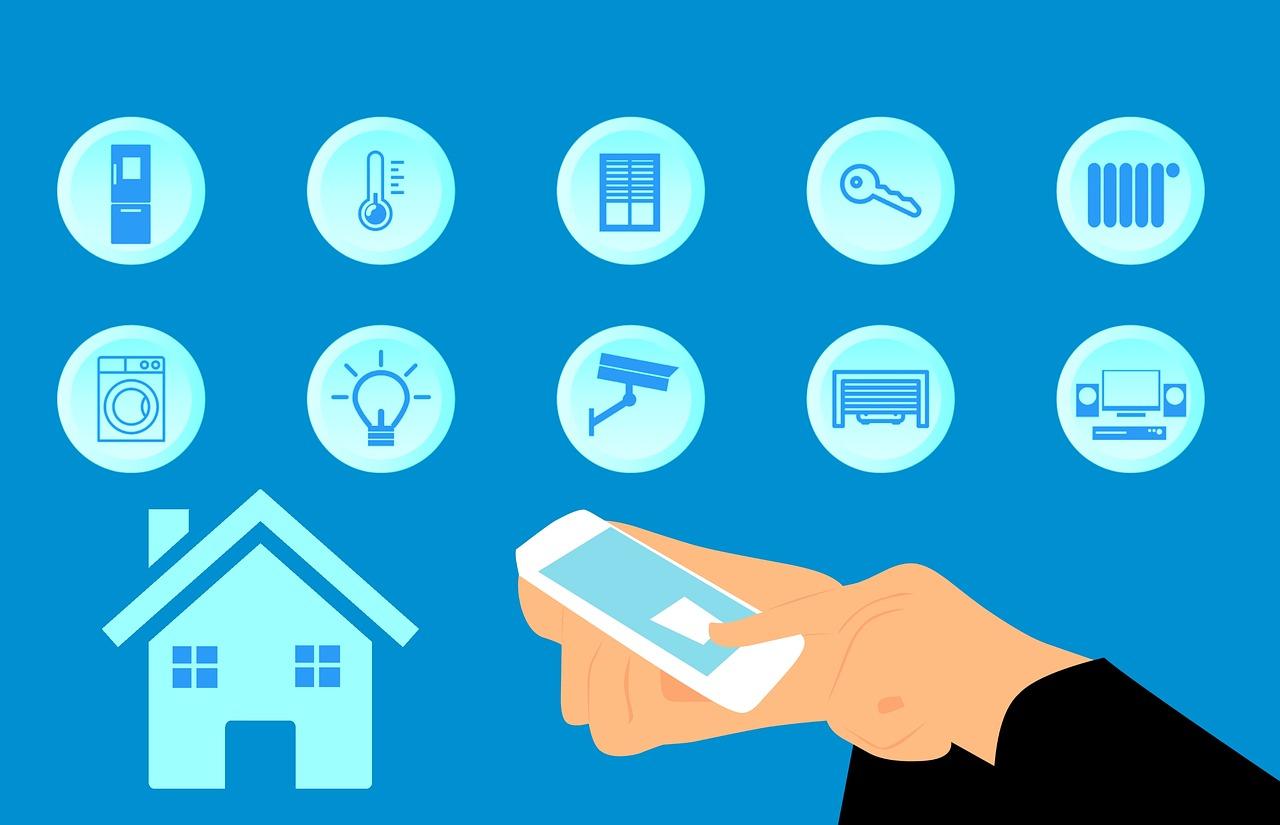
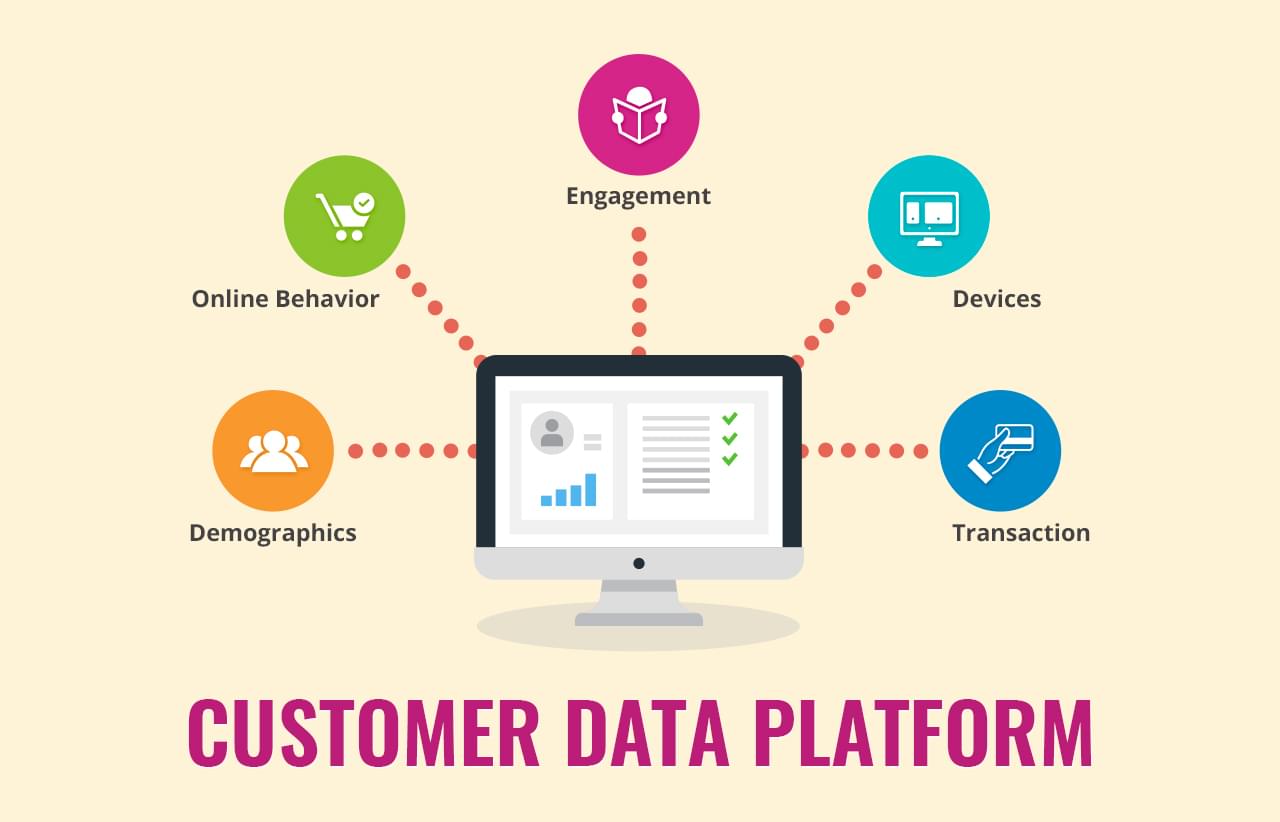
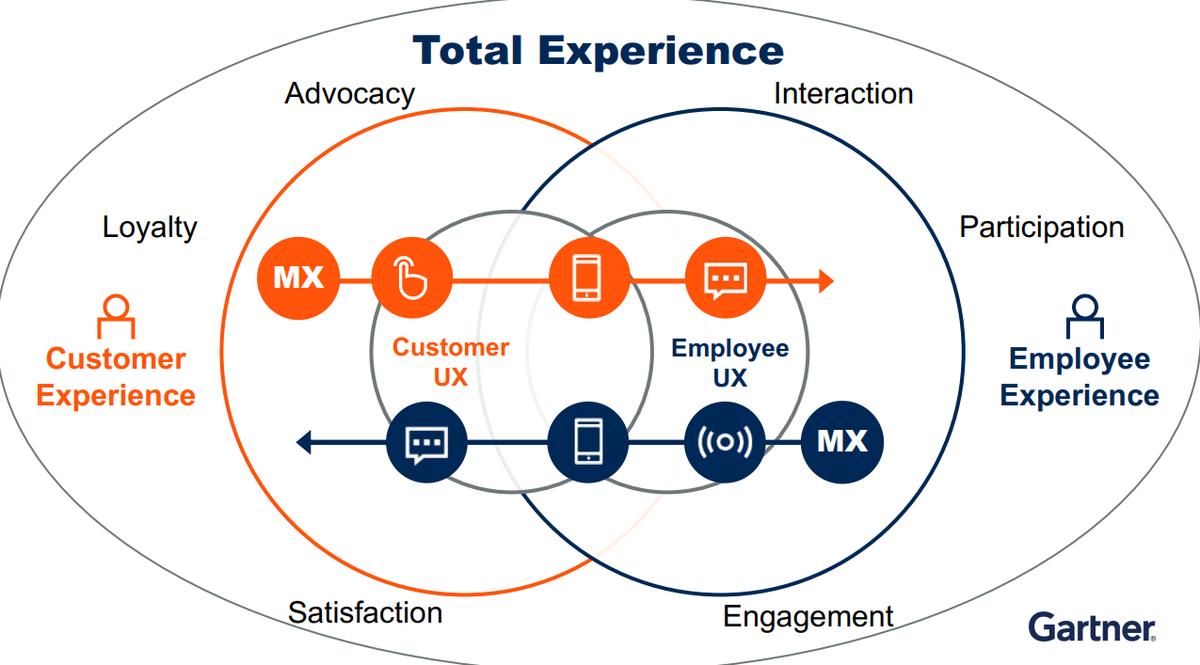
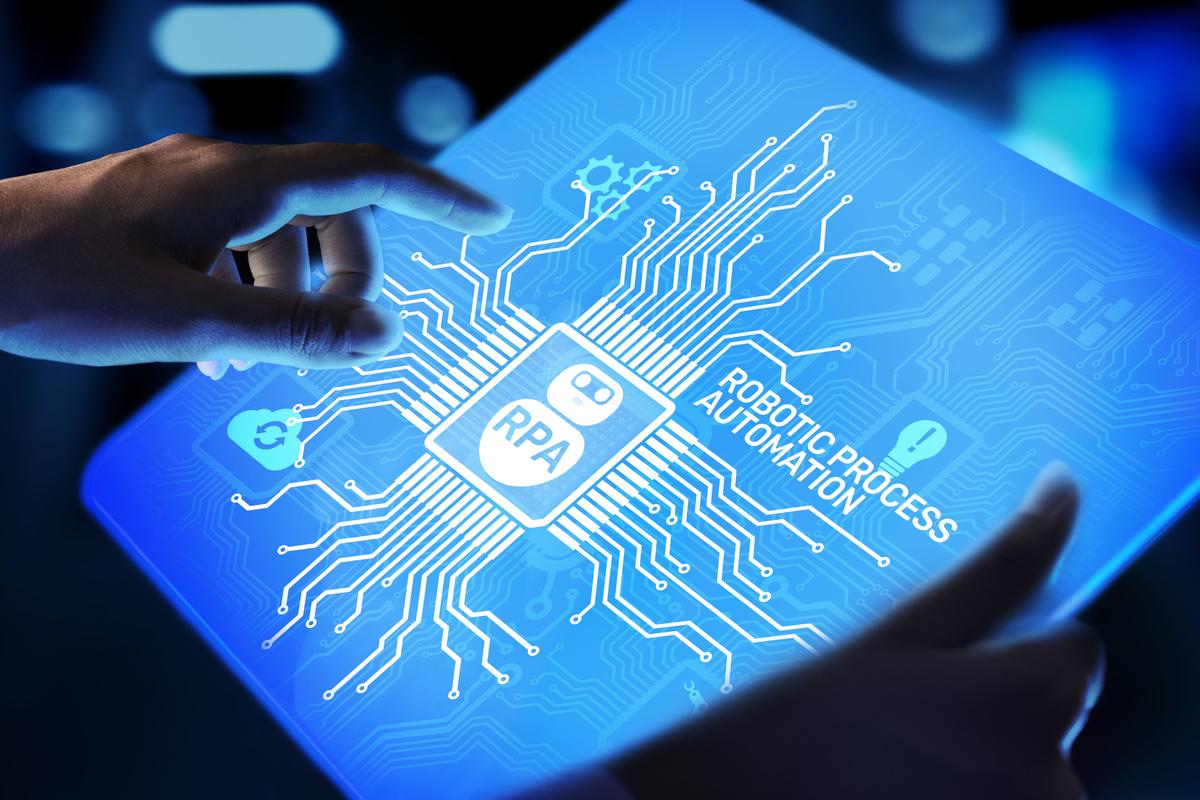
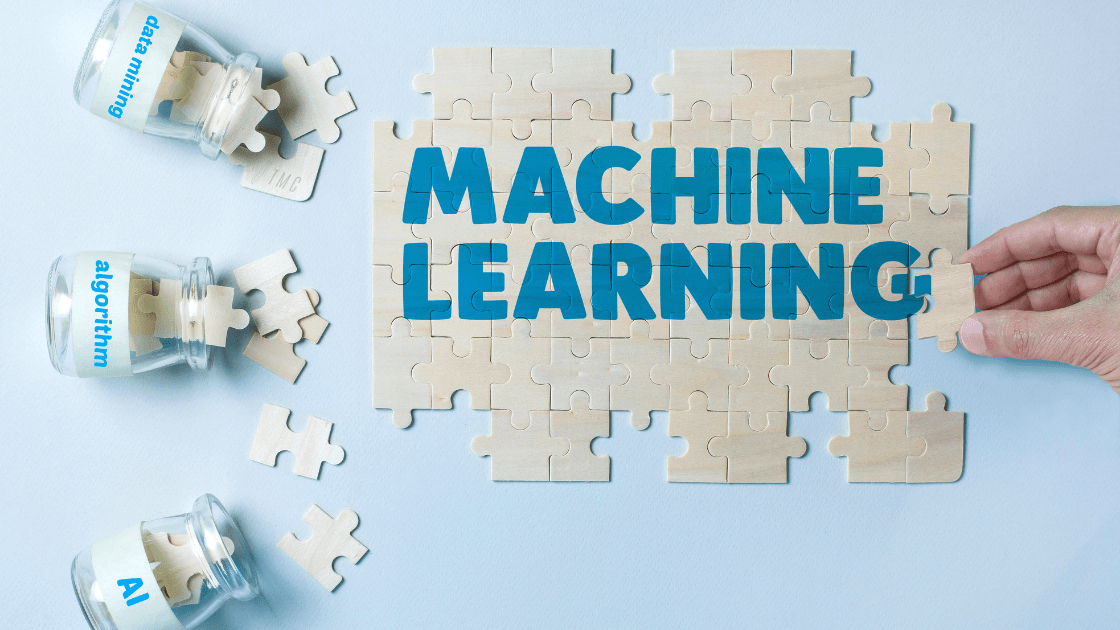


Pingback: How Technology Impacts The Future Of Education – Understanding Internet Marketing